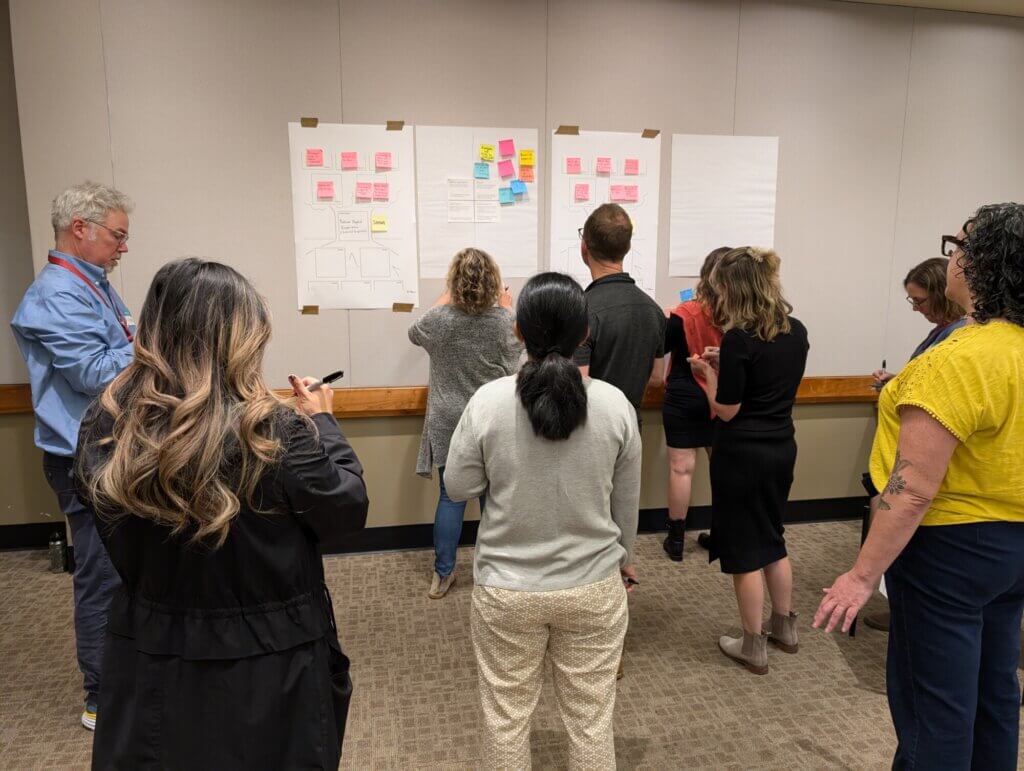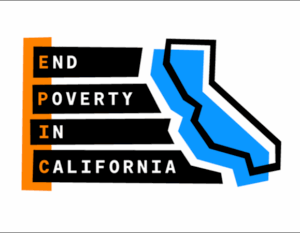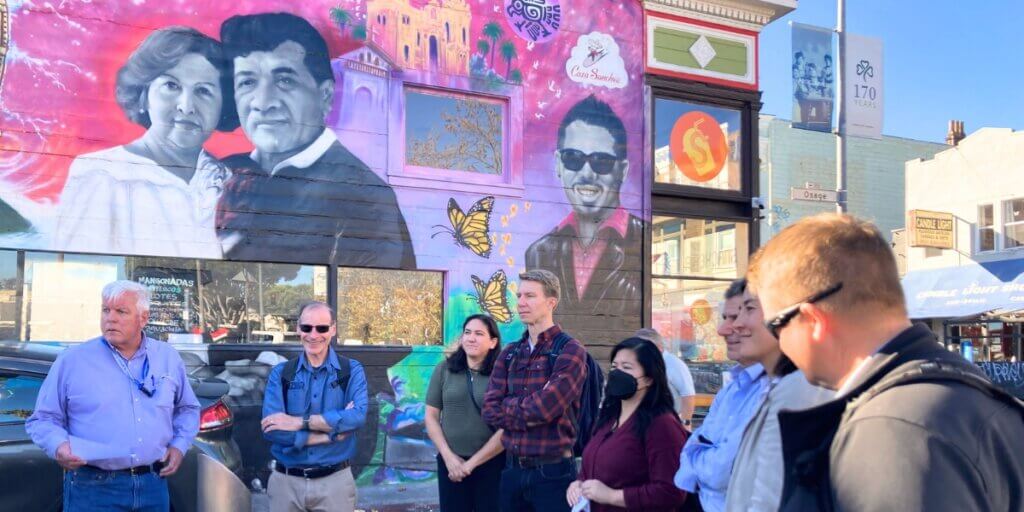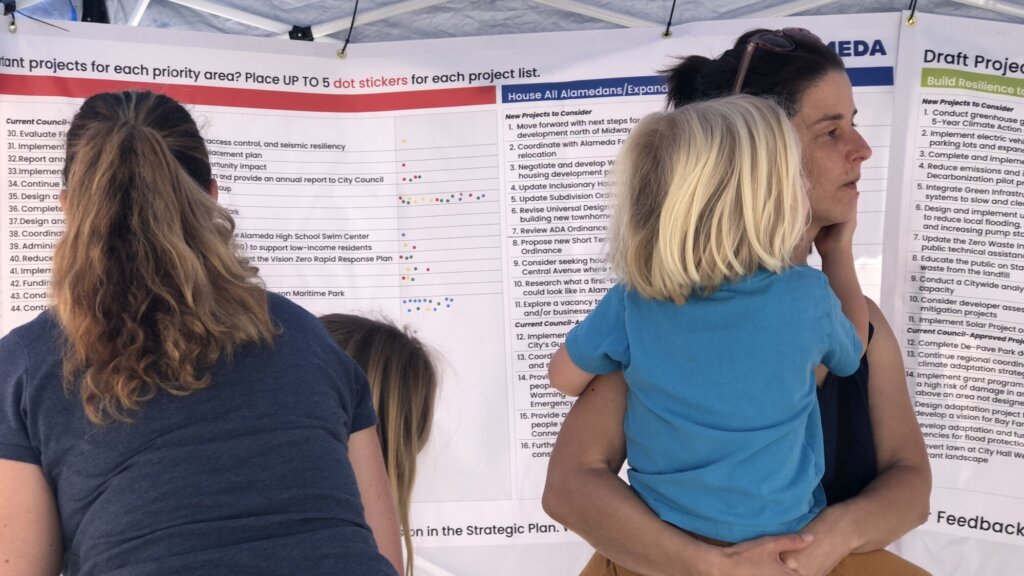From the Co-Design session, we tested the Design Principles that were constructed from both the EPIC listening session and conversations with our Project Stewards. These Principles acted as the key pillars of the potential program:
- Address benefits cliffs. Offer cash aid and other supports to people timing out of benefits programs so that they can exit poverty.
- Center dignity and autonomy. Trust people to make the best decisions for themselves and their families.
- Prioritize accessibility. Ensure program services are clearly communicated and easy to use.
The Co-Design session gathered initial ideas from people with deep knowledge of local benefits programs and the populations they serve. These ideas spoke to desired values, services / components, and outcomes of a Benefits Access Pilot program.
In one of the activities, participants envisioned what could happen as a result of a successful and fully-funded program. Here are some visions from attendees, depicting what they hoped the pilot program would bring:
“It feels great to be able to stand on my own two feet and provide for my family. This program made it possible for us.”
“I felt supported through the entire process and was given a chance to achieve lasting economic change for my family.”
“The program gave me the tools and time I needed to manage the change from aid to employment.”
Below are key themes that emerged from the session, which participants deemed as critical elements of a program:
- Long-Term Impact. The program builds long-term financial security, housing, and well-being.
- Participant-Led & Self-Defined Success. Participants define what success means for them and their families.
- Whole Family Support & Stability. The program helps families, not just individuals, build long-term stability.
- Community & Connection. Participants build relationships with peers, mentors, and others, creating ongoing networks of support and motivation.
- Easy Access & Low Barriers. A simple, trust-based application process makes sure participants can get support without fear or hurdles.
- Smooth Transitions and Ongoing Support. Participants continue to get resources, aftercare services, and warm referrals after the program ends.
Among the most compelling ‘ah-ha’ moments were the expressed desires to create community and peer support among pilot participants and for the program to be centered around serving the whole family.




